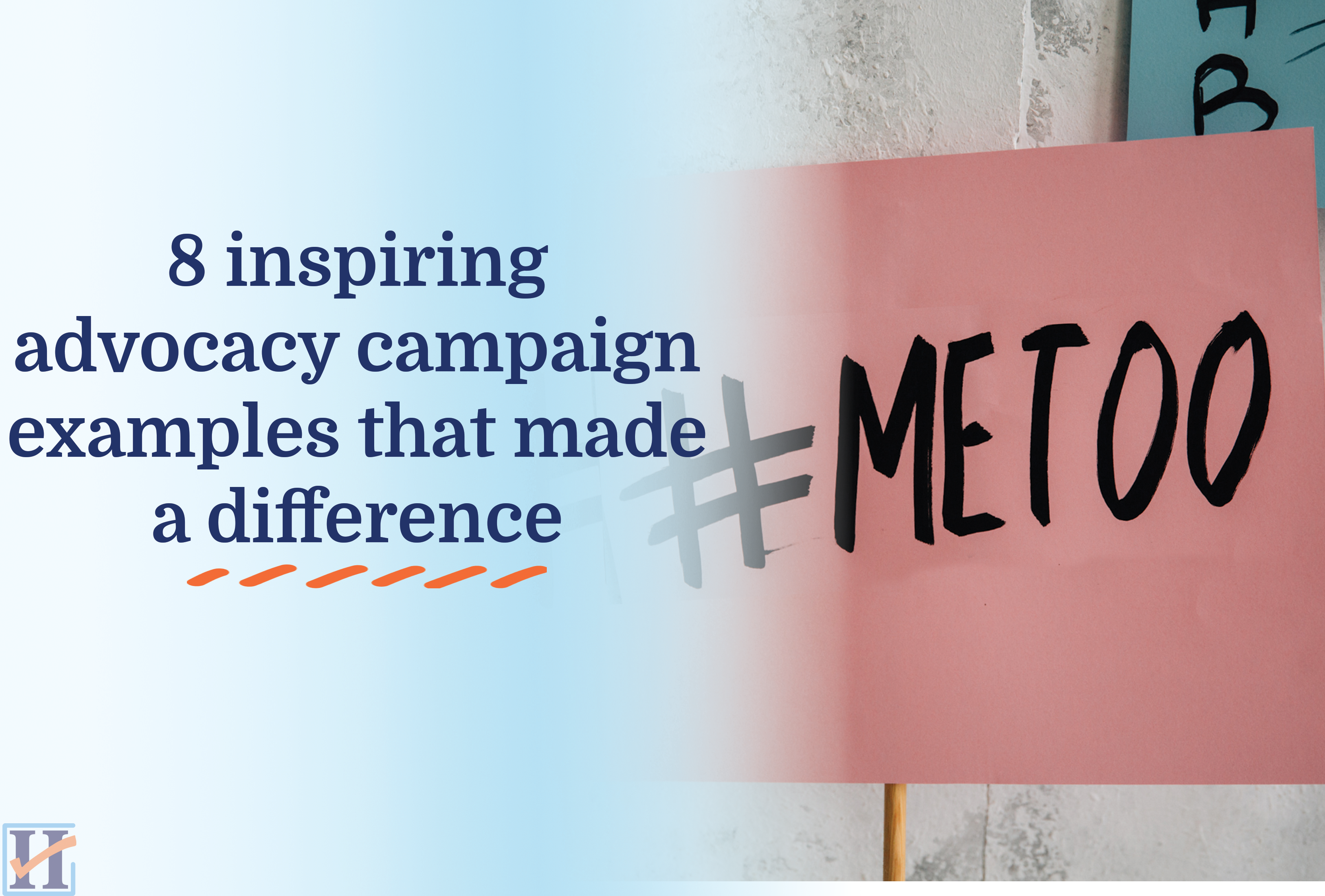Advocacy campaigns have a significant role in driving change and raising awareness about various issues. The campaigns mobilize communities, spotlight perspectives, and act as catalysts for change in policies and practices at various levels of government and society.
Advocacy campaigns can influence political decisions, create a sense of community and solidarity, and promote causes that matter to the broader public. Whether those campaigns drive political change, raise issue awareness, or bring people together, they can massively impact a part of society and its members.
So, in this article, we will explore various examples of advocacy campaigns, their possibilities, how they work, and their benefits. We will share successful and well-known examples and strategies that you can apply in your campaigns and start positively impacting the issues your audience cares about.
What is an advocacy campaign?
An advocacy campaign is a set of activities designed to gather support for a cause or idea. Advocacy campaigns aim to raise awareness, influence policy decisions, or drive change.
Advocacy campaigns can involve various forms and activities, such as holding rallies, contacting public officials, circulating petitions, fundraising, marketing, lobbying, outreach, and more. These campaigns can target specific issues at local, regional, state, or national levels.
The campaign targets are policymakers, government officials, public servants, and anyone who can impact people’s lives. The leaders of advocacy campaigns carefully plan and promote an agenda, involve platforms, and use various tools and communication channels to reach their audience with core messages.
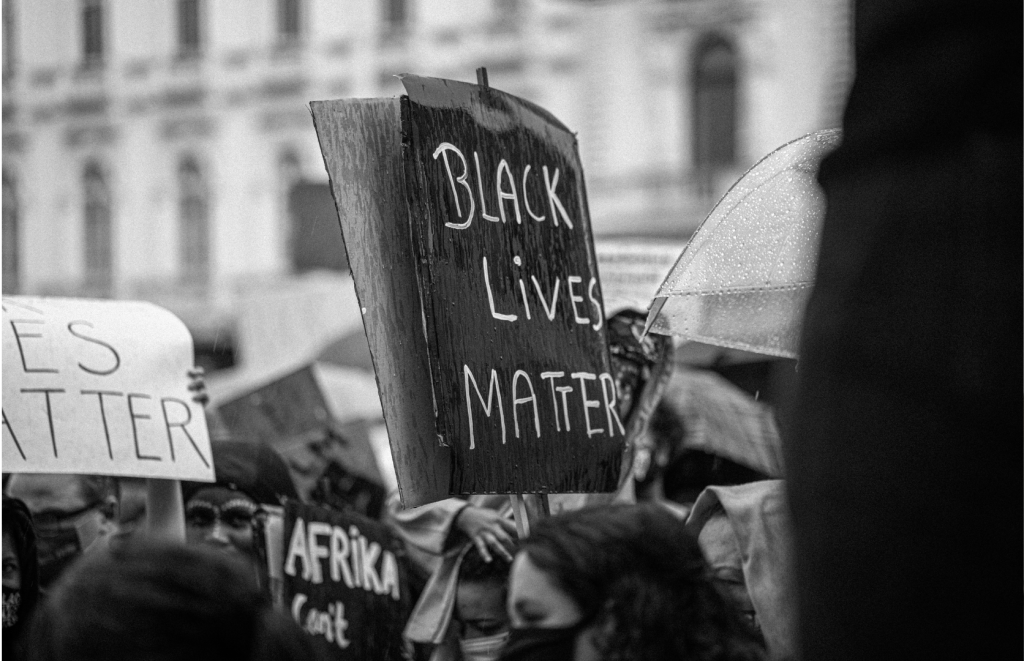
How do advocacy campaigns differ from other types of campaigns?
Advocacy campaigns differ from other campaigns in their objectives, strategies, and target audiences.
Here are some key differences:
- Advocacy campaigns focus on raising awareness, changing policy decisions, or driving change on specific issues. Other types of campaigns, such as political campaigns, focus on electing a candidate to public office or promoting a specific political party.
- Advocacy campaigns often employ various strategies (e.g., grassroots organizing, lobbying, public education, and media engagement). These strategies target public opinion and decision-makers on a particular issue. Using the same example again, political campaigns focus on voter outreach, fundraising, and candidate promotion.
- When it comes to target audiences, advocacy campaigns target a wide range of audiences – policymakers, government officials, and the general public. Their goal is to build support for a cause or idea and influence decision-makers. Political campaigns primarily target voters intending to build a preference toward a program or a candidate.
- The duration of advocacy campaigns can be ongoing or have a specific timeframe, depending on the issue and goals. On the other hand, political campaigns typically have a set duration, ending with an election or a vote.
- Success in advocacy campaigns is often measured by the level of awareness raised, policy changes enacted, or improvements in the targeted issue. Election outcomes typically measure the success of political campaigns, and the only thing that matters sometimes is securing a particular position until the next election cycle.
Of course, there are other differences, but the ones we list are the most notable ones that separate advocacy issues from the political ones.
What are the common types of advocacy campaigns?
Now that we understand what advocacy campaigns are, let’s quickly check common types of campaigns before digging deeper into the examples.
Determining the most common type of advocacy is problematic because it depends on the context and the issues being addressed. However, these five types are prevalent and serve different purposes in addressing issues and promoting change.
Community advocacy
Community advocacy refers to a group or organization representing their local community. This advocacy focuses on addressing local issues and working with community members and governments to initiate change and specific improvements.
Social advocacy
Social advocacy aims to influence public attitudes, policies, and laws to create a more equal society. This type of advocacy addresses social justice, civil rights, community building, and human rights violations.
Self-advocacy
Self-advocacy is the ability to speak up for people who can’t speak for themselves, such as people with intellectual and developmental disabilities. This advocacy helps individuals communicate their needs and rights and promotes independence and personal growth.
Peer-to-peer advocacy
Peer-to-peer advocacy involves individuals with similar experiences or disabilities supporting each other through shared experiences. The activities those individuals share are one-to-one or group support, which helps them navigate challenges and access resources.
Legislative advocacy
Legislative advocacy focuses on influencing policy decisions and laws at various levels of government. Examples include lobbying policymakers, organizing grassroots movements, and raising public awareness about specific issues to drive change in legislation and regulations.
What are the most successful advocacy campaign examples?
Let’s finally have a look at different advocacy campaign examples.
Here are four successful advocacy campaigns from different fields, highlighting their objectives, strategies, and outcomes.
Example 1: Universal Pre-K Advocacy Campaign
The Universal Pre-K Advocacy Campaign is an effort to encourage state lawmakers to pass laws centered on providing universal pre-kindergarten (pre-K) education for all residents.
The campaign aims to raise awareness about the importance of early childhood education and influence policy decisions to make pre-K education accessible to all children, regardless of their family’s income.
- Campaign objective: Encourage state lawmakers to pass a law centered on universal pre-K for all residents.
- Strategies used: Organizing the community, leveraging effective storytelling techniques, and building an extensive network of supporters.
- Outcomes and impact: Raised awareness about the importance of universal pre-K and influenced policy decisions.
Example 2: BreatheLife Campaign
The BreatheLife Campaign is a global initiative that aims to mobilize cities and individuals to take action on air pollution to protect human health and the environment.
The campaign is led by the World Health Organization (WHO), the UN Environment Programme (UNEP), the Climate & Clean Air Coalition (CCAC), and the World Bank. BreatheLife focuses on raising awareness about the health impacts of air pollution, scaling up local policy interventions, and promoting the health, climate, and economic benefits of clean air.
- Campaign objective: Raise awareness about air pollution and its impact on health and the environment.
- Strategies used: Utilizing social media to spread the message, engaging users to respond quickly to the campaign, and encouraging solidarity among supporters.
- Outcomes and impact: Increased global awareness about air pollution and its consequences, leading to policy changes and improved air quality.
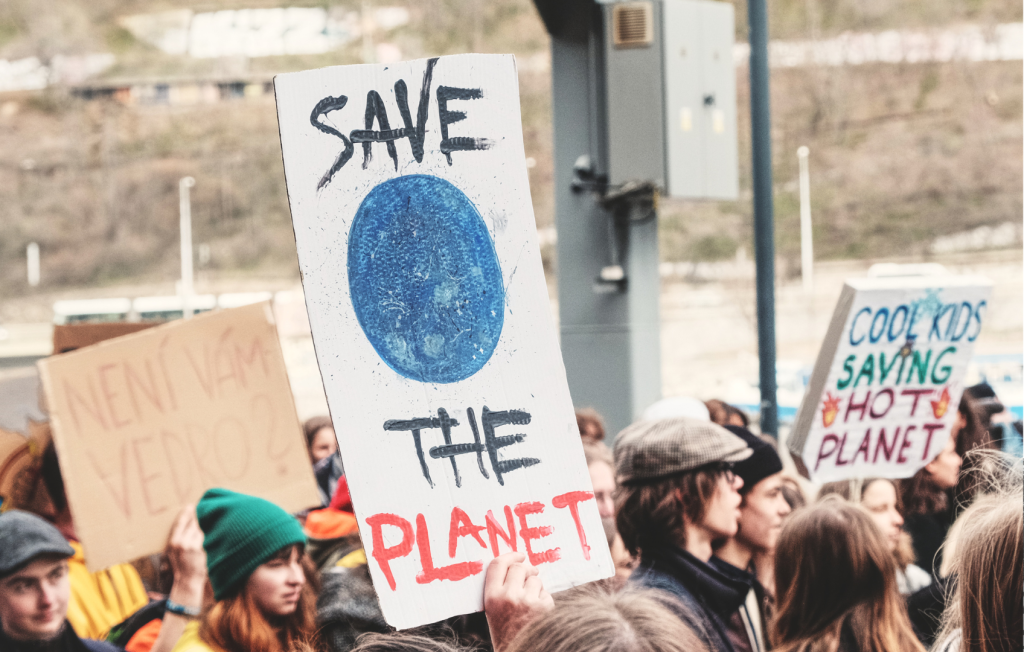
Example 3: Civil Rights Movement
The Civil Rights Movement was a nonviolent social movement and campaign from 1954 to 1968 in the United States, aiming to abolish legalized racial segregation, discrimination, and disenfranchisement throughout the country.
The movement sought to secure African Americans’ full political, social, and economic rights and challenged racial segregation. It involved various forms of activism, including lawsuits, lobbying, grassroots protests, and direct actions.
- Campaign objective: Achieve racial equality and end segregation in the United States.
- Strategies used: Organizing protests, marches, and grassroots movements, utilizing legal challenges and political lobbying.
- Outcomes and impact: Significant policy changes, including the Civil Rights Act of 1964 and the Voting Rights Act of 1965, led to greater racial equality and the end of legal segregation.
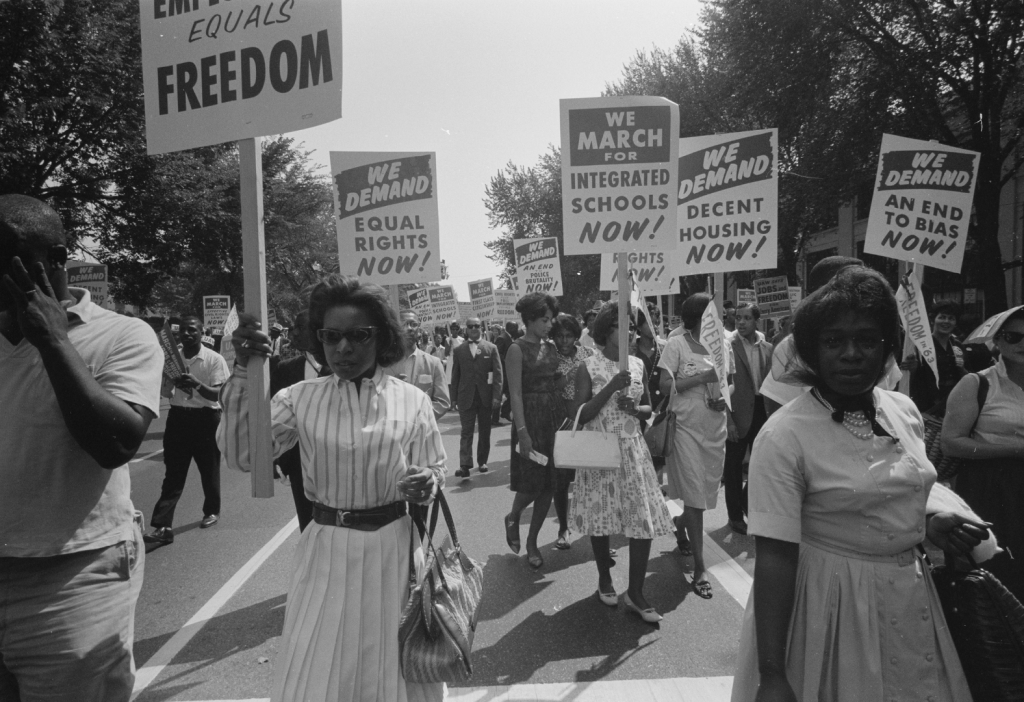
What are the examples of social media advocacy campaigns?
Social media has become an essential tool in modern advocacy campaigns because it can reach large audiences, facilitate communication, and amplify messages.
Social media platforms allow advocacy campaigns to engage supporters, raise awareness about their cause, and influence policy decisions.
Here are five examples of successful social media advocacy campaigns:
Social Media Advocacy Campaign Example 1: Post It Forward
Post It Forward is a user-powered campaign launched by Tumblr in May 2015 to promote positivity and support within online communities.
The campaign encourages users to share personal stories, advice, or positive messages related to mental and emotional health by using the hashtag #PostItForward. The campaign aimed to create a safe online space where people can share their experiences and struggles without judgment and engage in positive and encouraging conversations with the support and resources they need.
- Campaign objective: Counter mental and emotional health stigmas through community-building and conversation on Tumblr.
- Strategies used: Encouraging users to share personal stories, advice, and positive messages related to mental and emotional health using the hashtag #PostItForward.
- Outcomes and impact: Created a supportive online community where individuals can share their experiences and find resources, fostering positive conversations around mental and emotional health.
Social Media Advocacy Campaign Example 2: Let’s Tell America It’s Great
The “Tell America It’s Great” campaign was a Canadian initiative launched in 2016 by a creative agency in Toronto called The Garden. The campaign promoted positivity and unity among Americans during a divisive political climate.
It encouraged Canadians to send videos of themselves telling America why it’s already great, using the hashtag #TellAmericaItsGreat. The campaign generated widespread engagement and positive sentiment, fostering a sense of unity and appreciation for the country.
- Campaign objective: Promote positivity and unity among Americans during a divisive political climate.
- Strategies used: Leveraging social media platforms to share messages of support and appreciation for America from people worldwide, using the hashtag #TellAmericaItsGreat.
- Outcomes and impact: Generated widespread engagement and positive sentiment, fostering a sense of unity and appreciation for the country.
Social Media Advocacy Campaign Example 3: Ice Bucket Challenge
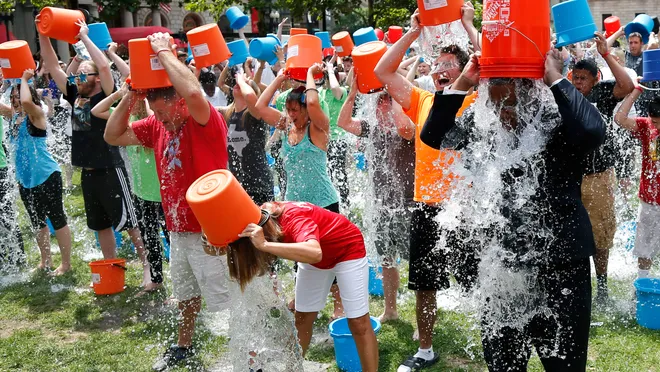
The Ice Bucket Challenge, also known as the ALS Ice Bucket Challenge, was a viral social media campaign that aimed to raise awareness and funds for amyotrophic lateral sclerosis (ALS) research.
The challenge involved pouring a bucket of ice-cold water over a person’s head, nominating others to do the same, and donating to ALS research. The campaign was co-founded by Pat Quinn and Pete Frates and gained widespread popularity on social media during July and August 2014.
The Ice Bucket Challenge raised over $115 million for ALS research and significantly increased public awareness of the disease.
- Campaign objective: Raise awareness and funds for amyotrophic lateral sclerosis (ALS) research.
- Strategies used: Encouraging users to share videos of themselves pouring ice-cold water over their heads, nominating others to do the same, and donating to ALS research.
- Outcomes and impact: The campaign went viral, raising over $115 million for ALS research and significantly increasing public awareness of the disease.
Social Media Advocacy Campaign Example 4: #NoDAPL
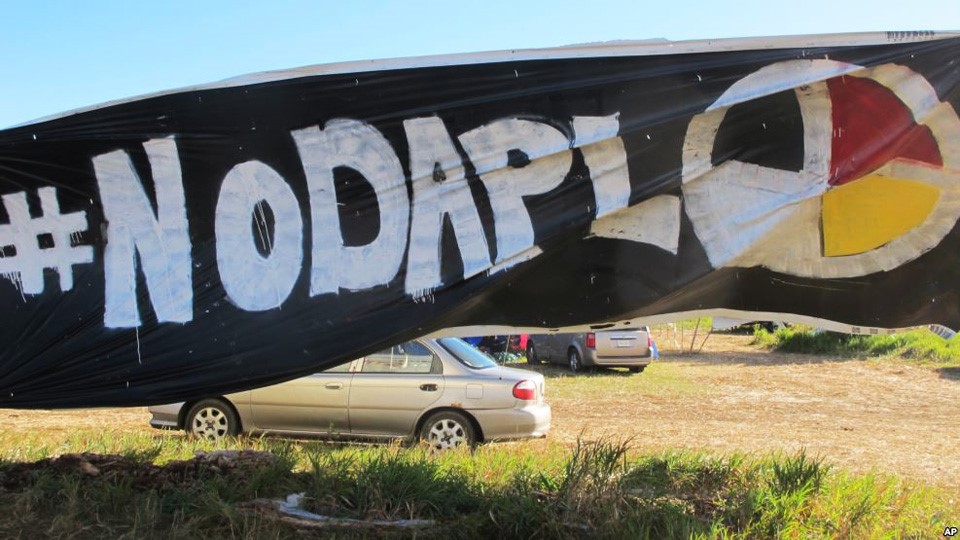
Source: https://www.peoplesworld.org/article/nodapl-pipeline-protests-surge-in-nashville/
The #NoDAPL campaign, also known as the Dakota Access Pipeline protests, is a social media movement that began in 2016 to oppose the Dakota Access Pipeline (DAPL) construction in the United States.
The protests were primarily initiated by Indigenous youth, who used social media campaigns to raise awareness about the pipeline’s potential environmental and cultural impacts. The movement gained widespread attention and support, leading to temporary halts in pipeline construction and increased awareness of indigenous rights and environmental issues.
- Campaign objective: Oppose the construction of the Dakota Access Pipeline and protect the environment and indigenous rights.
- Strategies used: Utilizing hashtags like #NoDAPL and #StandWithStandingRock, sharing images and videos of protests, and encouraging supporters to sign petitions and donate to legal defense funds.
- Outcomes and impact: The campaign gained widespread attention, leading to temporary halts in pipeline construction and increased awareness of indigenous rights and environmental issues.
Social Media Advocacy Campaign Example 5: #MeToo Movement
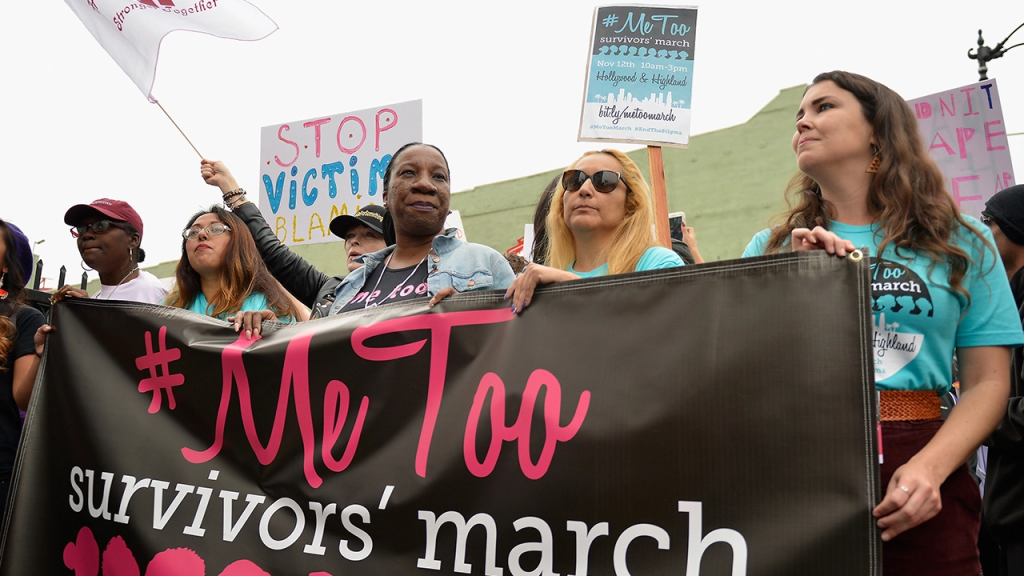
The #MeToo Movement is a social and awareness campaign against sexual abuse, sexual harassment, and rape culture. The phrase “Me Too” was initially used in this context on social media in 2006 by sexual assault survivor and activist Tarana Burke.
The movement gained widespread attention in 2017 when actress Alyssa Milano urged victims of sexual harassment and assault to share their stories on social media using the hashtag #MeToo. The purpose of the movement was to empower sexually assaulted people, especially young and vulnerable women of color, through empathy, solidarity, and strength in numbers by visibly demonstrating how many have experienced sexual assault and harassment, particularly in the workplace.
- Campaign objective: Raise awareness about the prevalence of sexual harassment and assault and empower survivors to share their stories.
- Strategies used: Encouraging individuals to share their experiences of sexual harassment and assault on social media platforms using the hashtag #MeToo.
- Outcomes and impact: The campaign went viral, leading to a global conversation about sexual harassment and assault, increased awareness, and significant changes in workplace policies and cultural attitudes towards these issues.
What are the key strategies for successful advocacy campaigns?
Successful advocacy campaigns often employ various strategies and techniques to achieve their objectives. Here are some common strategies used in effective advocacy campaigns:
Clear objectives and research
You need to establish clear objectives whenever you plan to start an advocacy or any other campaign. The other point is conducting thorough research to understand the issue and identify potential solutions.
Building relationships and coalitions
Developing personal relationships with influential lawmakers and stakeholders to advance the cause will be crucial for your campaign if you want to achieve notable results.
Other options include coalition building – forming alliances with other organizations, groups, or individuals who share similar goals or interests. Because if you work together, coalitions can pool resources, share knowledge, and amplify the main message.
Other than that, coalition building can increase the reach and impact of a campaign, as well as strengthen its credibility by demonstrating broad support from diverse stakeholders.
Grassroots strategy
Grassroots strategy helps to mobilize supporters at the local, state, and federal levels to create a strong network of advocates. The more extensive the network of your supporters, the higher the chance of outcome you are going after.
Effective communication
Communication is everything – you need to get your messages in front of the right audience. Utilize various communication channels, such as email, SMS, and social media, to engage supporters and keep them informed about the campaign.
Utilizing social media
Social media channels collect millions of people from everywhere around the world. Facebook campaigns, Twitter threads, and Instagram reels allow you to leverage social media platforms to increase campaign visibility, engage supporters, and reach target audiences.
Event organization
If you want your messages to reach more people in a personalized manner and with more chances for one-on-one connections, you need to organize events. Training sessions, webinars, and rallies can educate supporters and encourage them to take action for the campaign.
Personalized storytelling and messaging
Personalized messages work great for any campaign.
Why?
Because they resonate with supporters and encourage them to take action.
Storytelling and messaging involve crafting compelling narratives and messages that resonate with the target audience. Think of personal stories with data and statistics, and frame the issue to appeal to the audience’s values and emotions.
The result is raised awareness, generated empathy, and inspired action among supporters and decision-makers.
Continuous supporter engagement
Your advocacy campaign needs to keep supporters engaged throughout the campaign by providing regular updates, driving meaningful actions, and fostering a sense of community.
So think about the best possible ways to reach out to your audience continuously – email, phone calls, texting, or anything else that lets you keep your audience in the loop.
Media engagement
Media engagement involves working with journalists, bloggers, and other media professionals to secure coverage of the campaign and its issues. Typical actions include issuing press releases, pitching stories, and providing media training for campaign spokespeople.
Gaining media coverage increases the probability of a successful campaign outcome. The campaign’s visibility then translates into reaching new audiences, shaping public opinion on the issue, influencing policy decisions, and driving change.
Closing thoughts
In summary, advocacy campaigns are vital in driving change and raising awareness about various issues. Looking at the successful advocacy campaign examples, you can learn valuable lessons about the strategies and techniques contributing to their success.
Start with setting clear objectives and conducting thorough research. After that, think about potential coalition building and alliances with like-minded organizations.
Continue with storytelling and messaging that resonates with target audiences. Add media engagement events and think about how you can communicate effectively with your audience.
Follow the advice outlined in this article, and the chances of positively impacting the issues you care about will be much higher.
